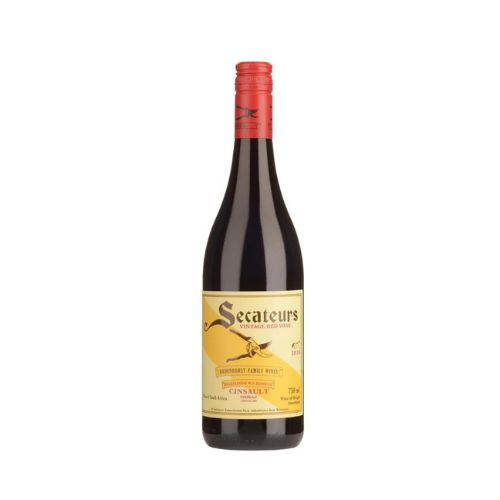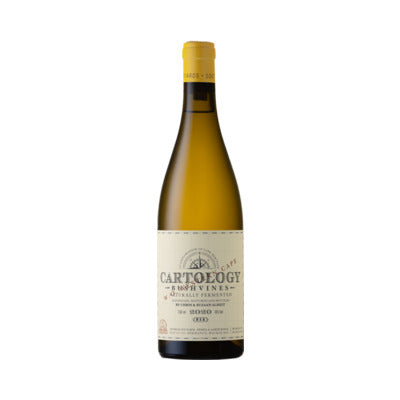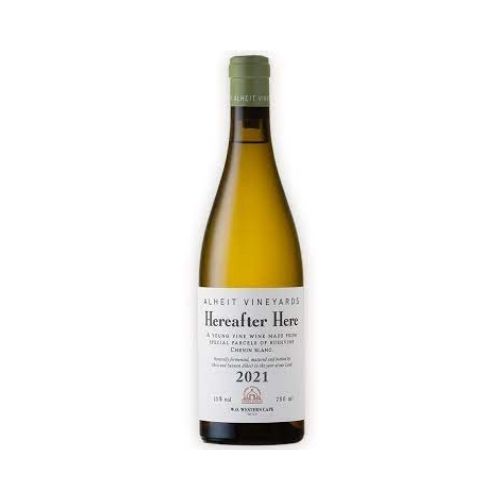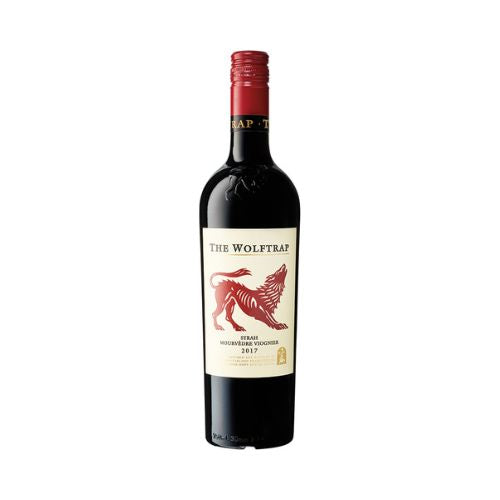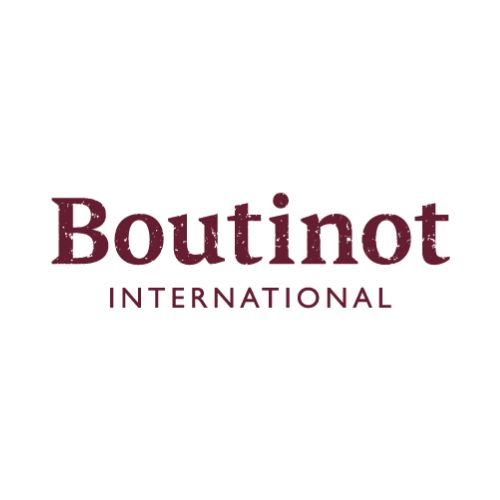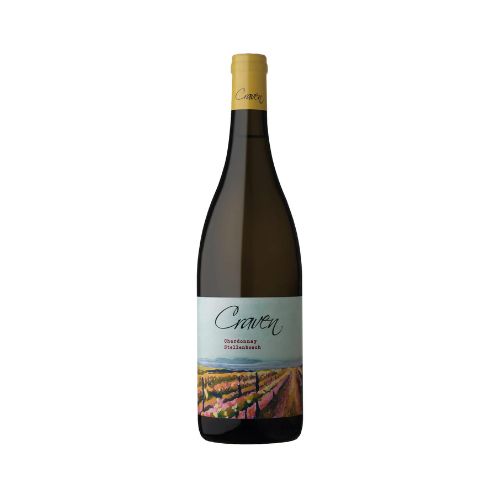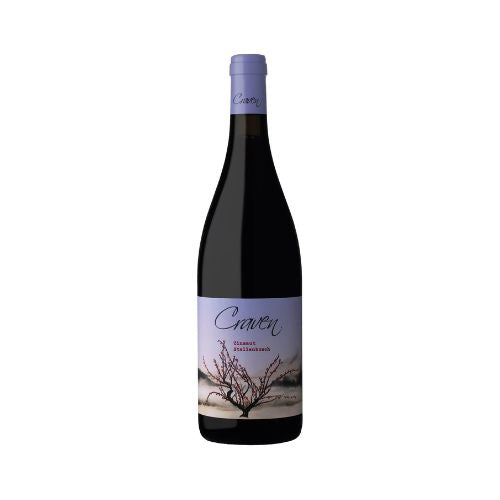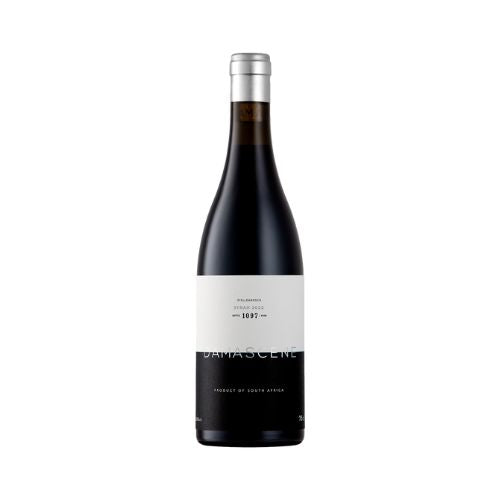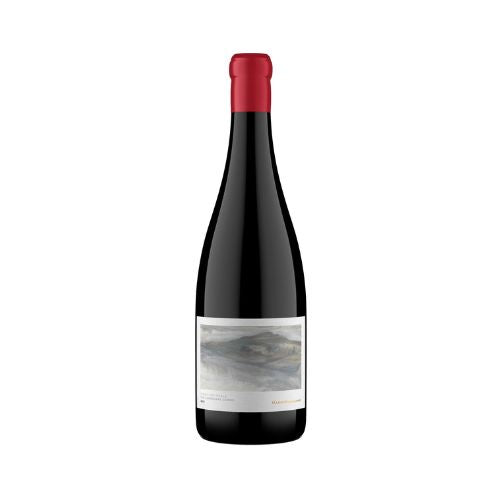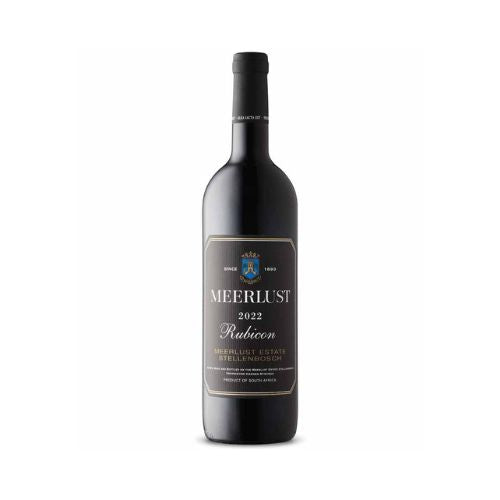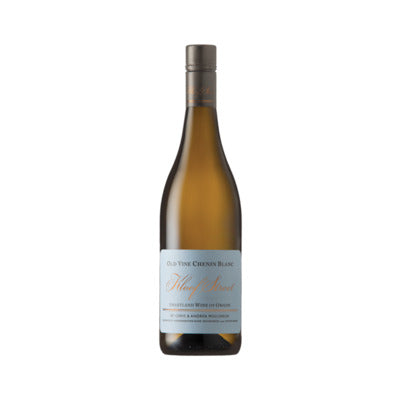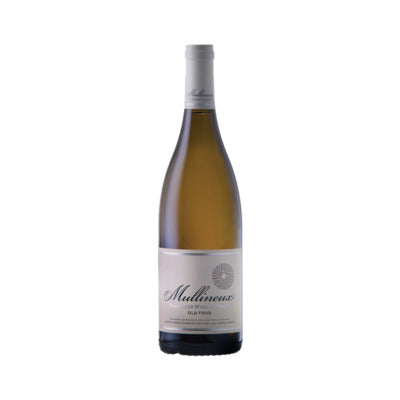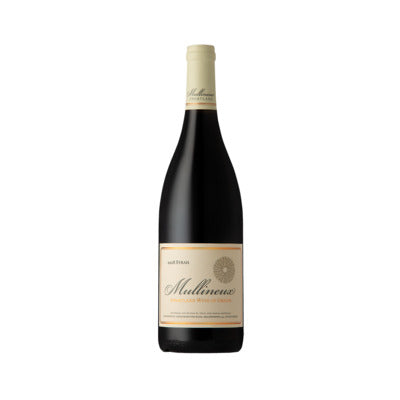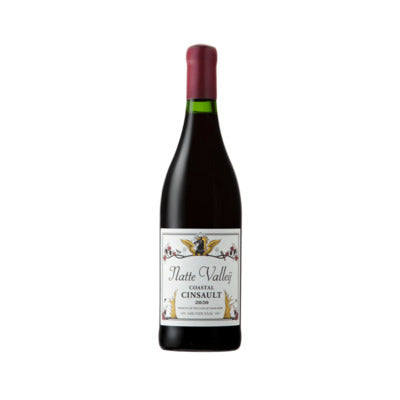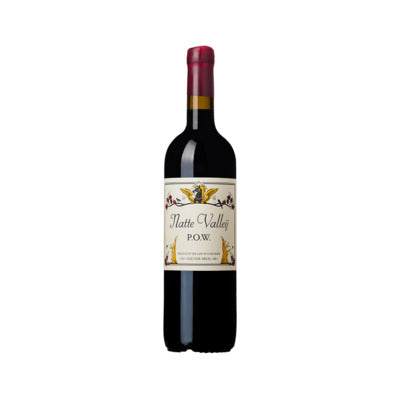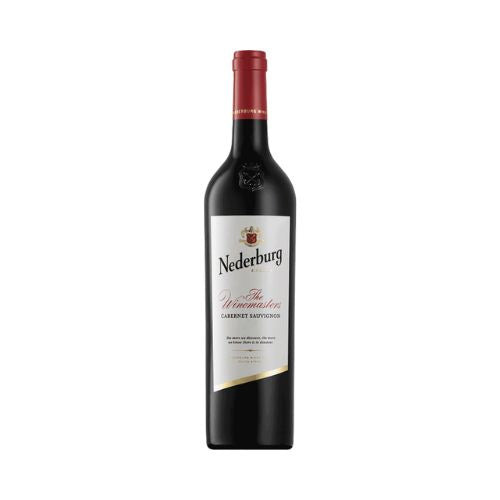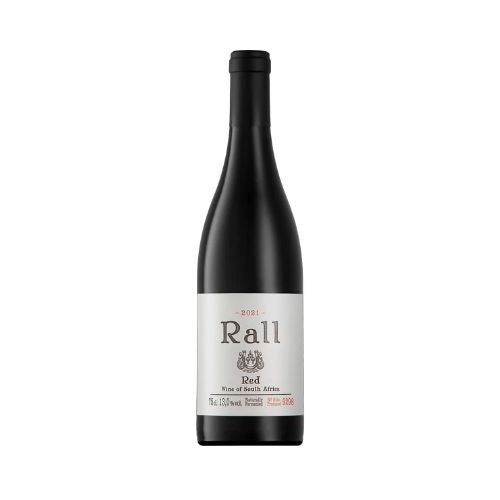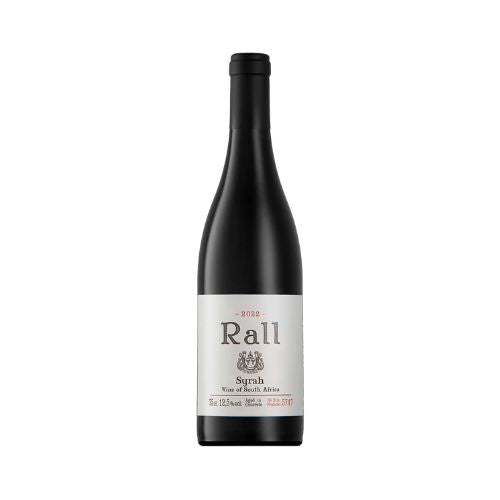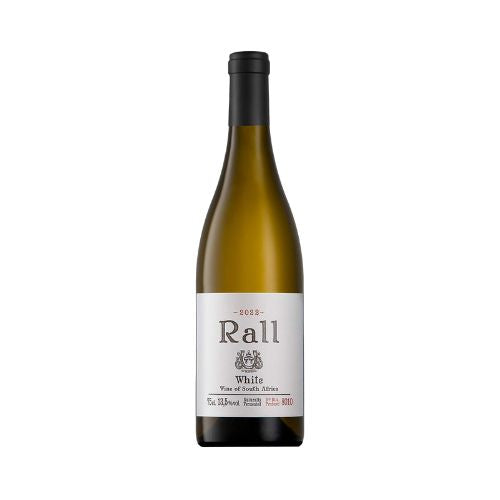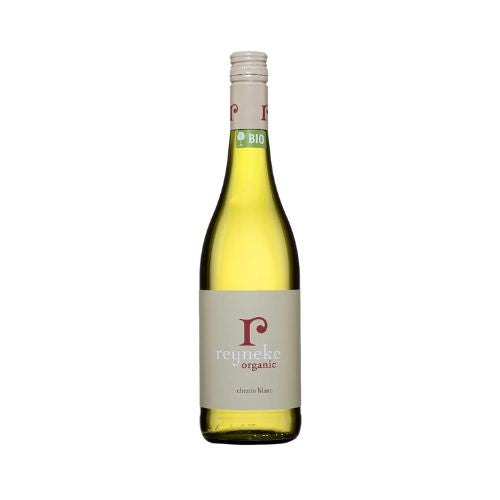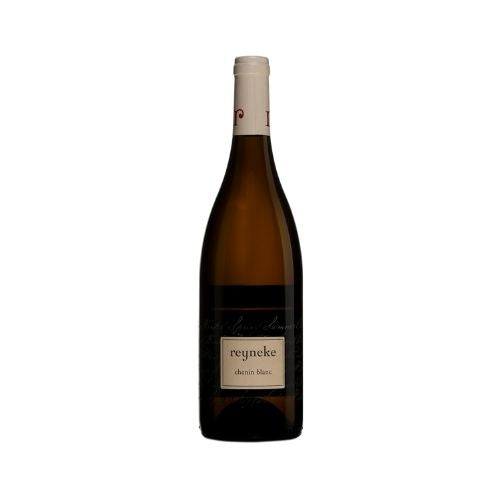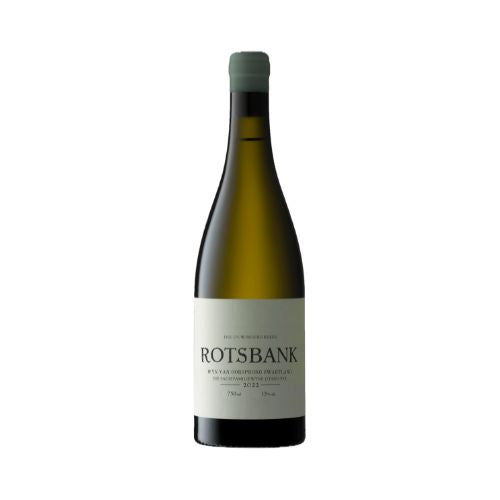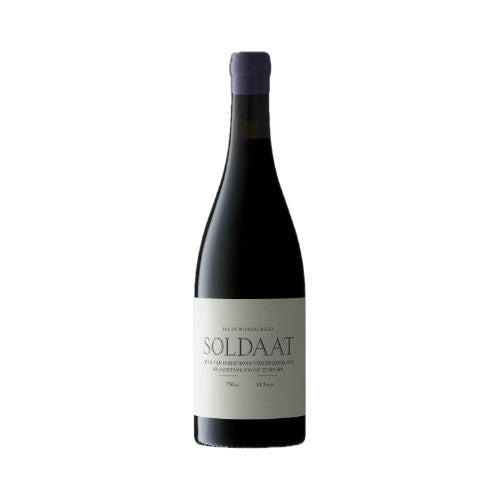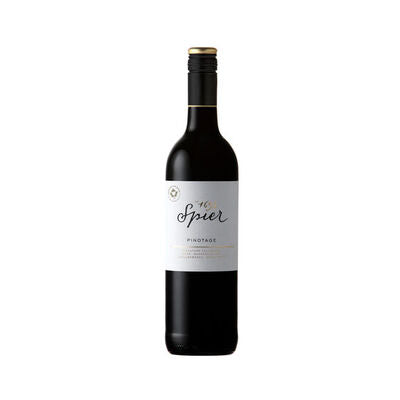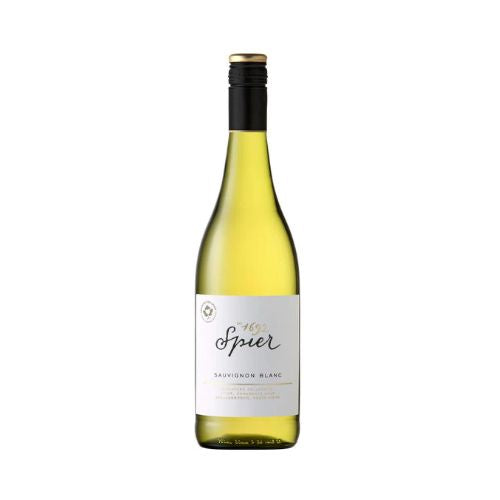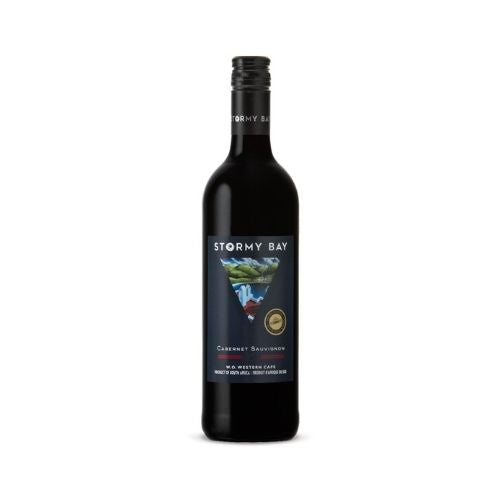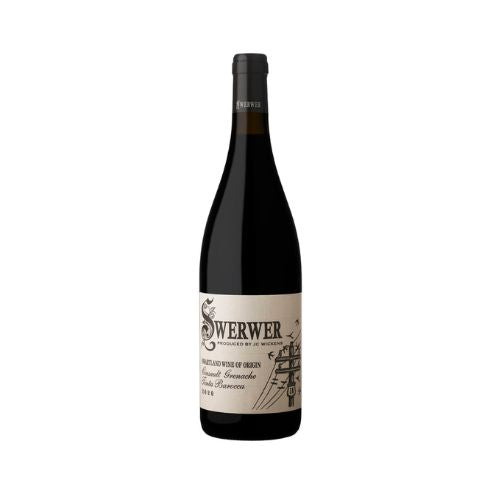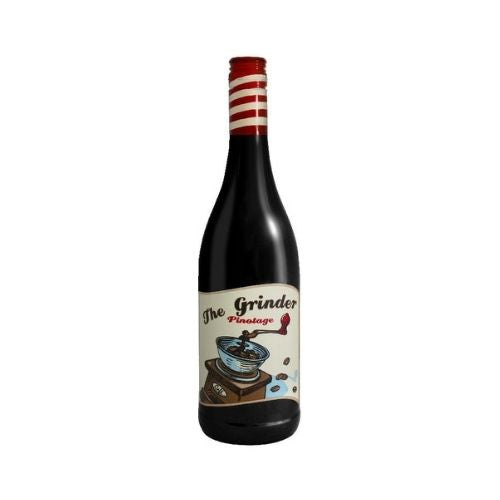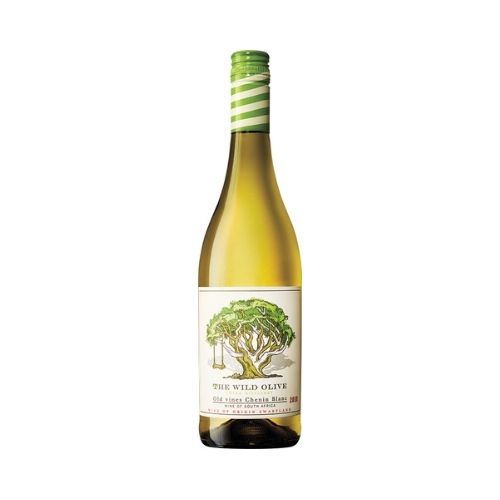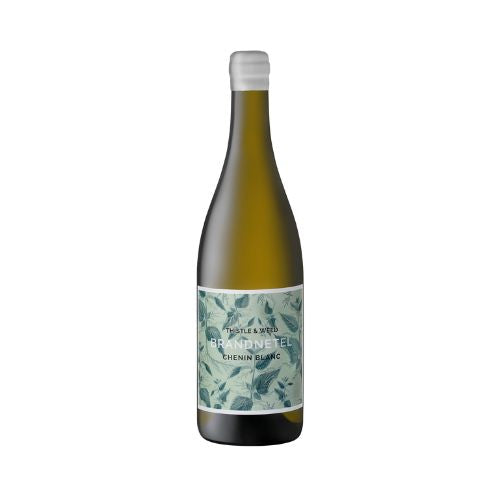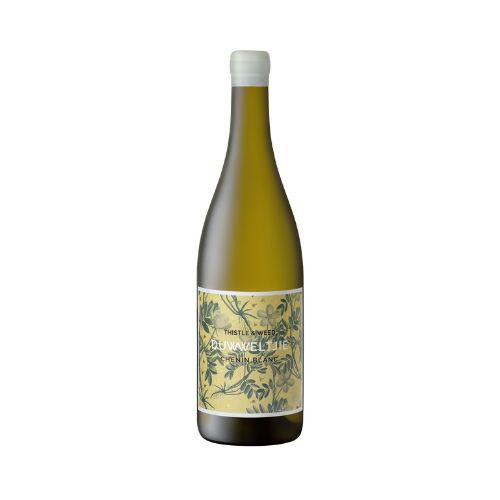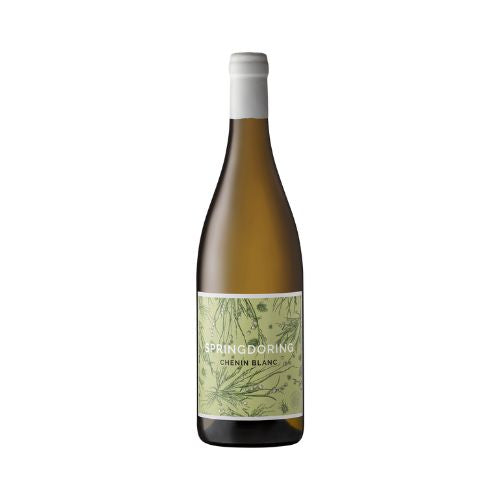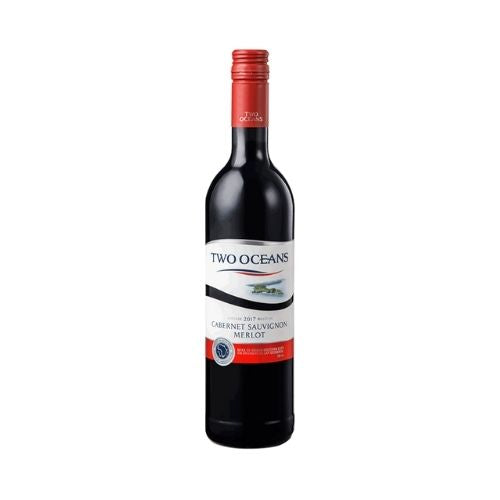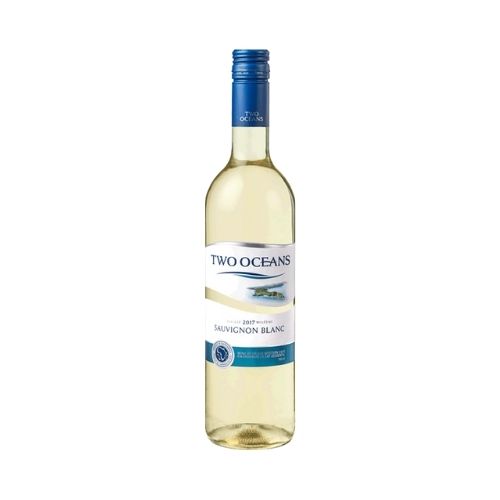South Africa
Filters
43 products
A.A. Badenhorst Family Wines - Secateurs Swartland Red 2022
Sale price$34.99
Alheit - Cartology Bush Vines White 2023
Sale price$59.99
Alheit - Hemelrand Vine Garden Hemel & Aarde Ridge White 2023
Sale price$59.99
Alheit - Hereafter Here Swartland Chenin Blanc 2023
Sale price$49.99
Bellingham - The Bernard Series Old Vines Chenin Blanc 2024
Sale price$29.99
Boekenhoutskloof - The Wolftrap Red
Sale price$12.99
Regular price$15.99
Boutinot - The Capeography Co. Swartland Grenache Blanc 2022
Sale price$19.99
Craven Wines - Stellenbosch Chardonnay 2023
Sale price$44.99
Craven Wines - Stellenbosch Cinsault 2023
Sale price$44.99
Damascene - Swartland Syrah 2022
Sale price$74.99
Gabriëlskloof - Syrah on Shale 2021
Sale price$64.99
Illimis - Paarl Grenache Noir 2023
Sale price$39.99
Meerlust - Rubicon Stellenbosch Red 2022
Sale price$74.99
Mullineux - Kloof St. Swartland Chenin Blanc 2023
Sale price$35.99
Mullineux - Swartland Old Vines White 2023
Sale price$69.99
Mullineux - Swartland Syrah 2021
Sale price$69.99
Natte Valleij - Axle Darling Chenin Blanc 2024
Sale price$39.99
Natte Valleij - Cape of Good Hope Cinsault 2021
Sale price$35.99
Natte Valleij - P.O.W. Cape of Good Hope Red 2019
Sale price$49.99
Natte Valleij - Swallow The Blend Stellenbosch Red 2021
Sale price$24.99
Regular price$32.99
Nederburg - The Winemaker's Cabernet Sauvignon
Sale price$14.99
Regular price$16.99
Rall - Red 2021
Sale price$54.99
Rall - Syrah 2022
Sale price$49.99
Rall - White 2022
Sale price$49.99
Reyneke - Organic Chenin Blanc 2024
Sale price$26.99
Reyneke - Organic Stellenbosch Shiraz Cabernet Sauvignon 2022
Sale price$26.99
Reyneke - Stellenbosch Chenin Blanc 2023
Sale price$39.99
Sadie Family Wines - Rotsbank Swartland Chenin Blanc 2024
Sale price$119.99
Sadie Family Wines - Soldaat Citrusdal Mountain Grenache Noir 2024
Sale price$119.99
Spier - Signature Chenin Blanc
Sale price$15.99
Spier - Signature Pinotage
Sale price$16.99
Regular price$17.99
Spier - Signature Rosé
Sale price$17.99
Spier - Signature Sauvignon Blanc
Sale price$17.99
Spier - Stormy Bay Cabernet Sauvignon
Sale price$15.99
Swerwer Wines - Swartland Cinsault Grenache Tinta Barroca 2021
Sale price$39.99
The Beachhouse - Sauvignon Blanc
Sale price$14.99
The Grinder - Pinotage
Sale price$16.99
The Wild Olive - Old Vines Chenin Blanc
Sale price$15.99
Thistle & Weed - Brandnetel Stellenbosch Chenin Blanc 2022
Sale price$44.99
Thistle & Weed - Duwweltjie Paarl Chenin Blanc 2022
Sale price$39.99
Thistle & Weed - Springdoring Swartland Chenin Blanc 2021
Sale price$44.99
Two Oceans - Cabernet Sauvignon Merlot
Sale price$13.99
Two Oceans - Sauvignon Blanc
Sale price$11.99
Regular price$13.99

